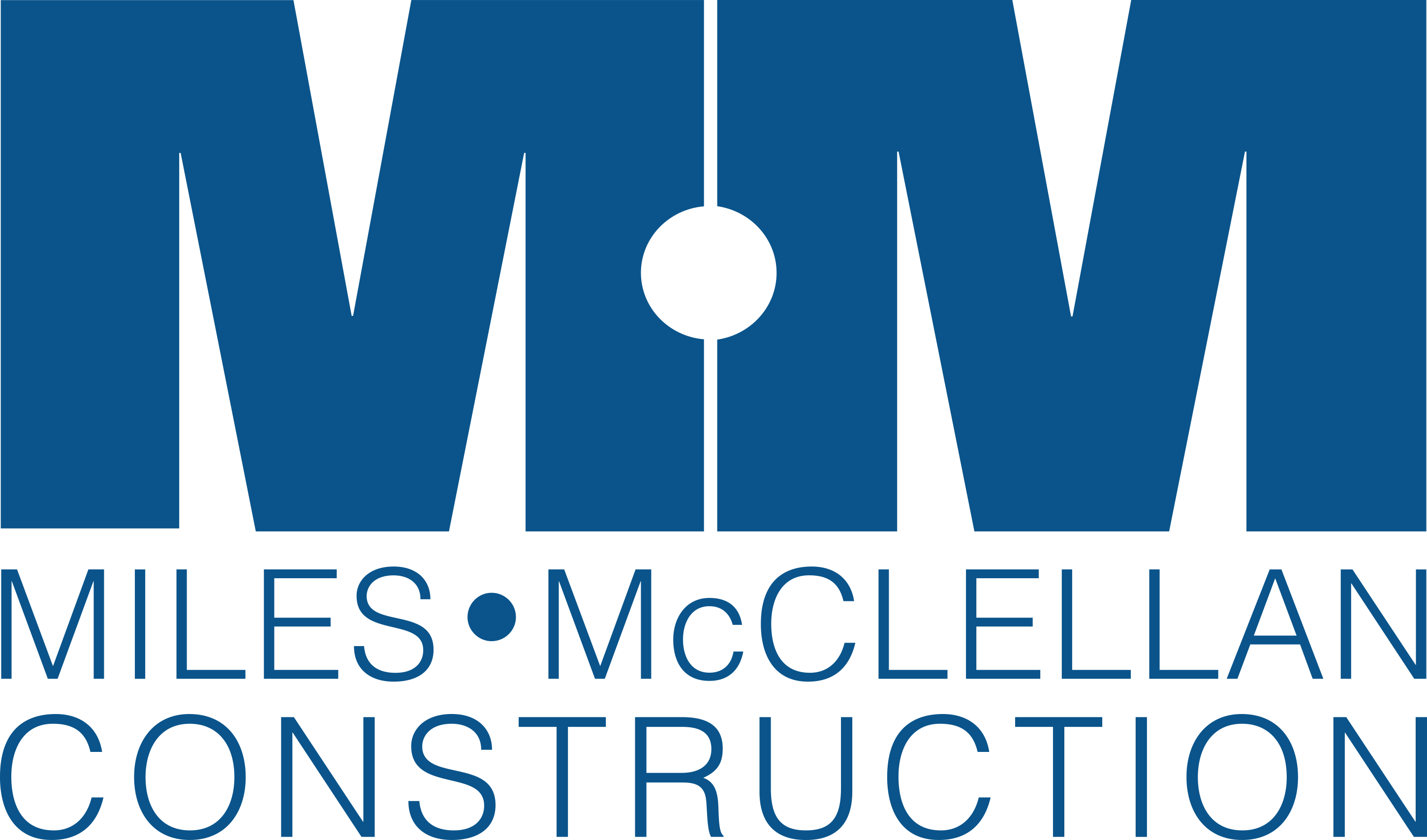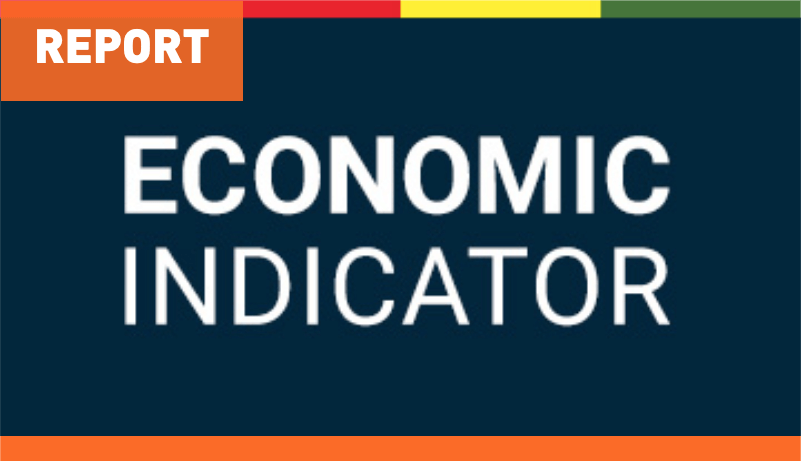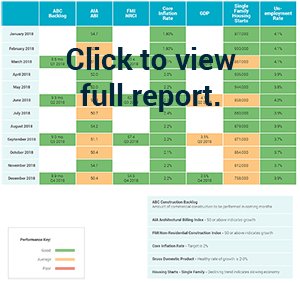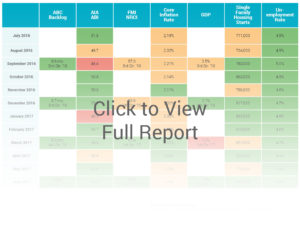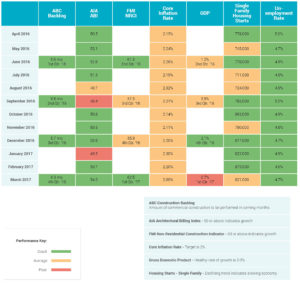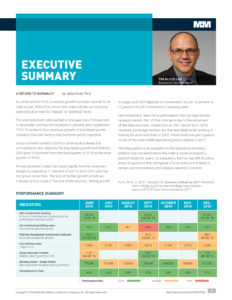2017 3rd Quarter Economic Indicators
The Associated Builders & Contractors reported a slight decline in nonresidential construction employment. Determining why this happened is proving difficult because of the following possible reasons: stalled construction projects, impact from the recent storms, or lack of skilled laborers to take over for the skilled laborers that retired. In our case, the lack of qualified labor to replace/fill positions hurts us the most. We’re curious, have the other two reasons affected your productivity?
